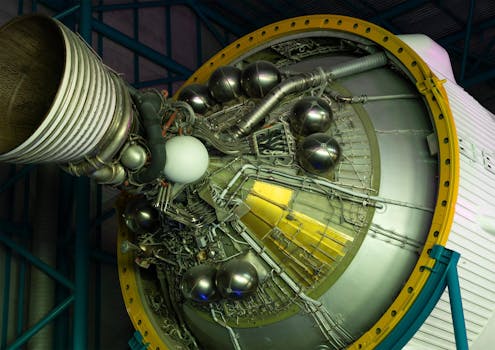
MEO Satellites: Introduction to Medium Earth Orbit Technology
MEO satellites, or Medium Earth Orbit satellites, are a type of satellite that orbits the Earth at an altitude of approximately 2,000 to 36,000 kilometers. This range is higher than Low Earth Orbit (LEO) satellites but lower than Geostationary Orbit (GEO) satellites. MEO satellites are a crucial part of modern satellite technology, offering a range of benefits and applications.
History of MEO Satellites
The concept of MEO satellites dates back to the 1960s, when the United States and the Soviet Union began exploring the use of satellites for navigation and communication. The first MEO satellite, the Transit 1A, was launched in 1960 by the United States. Since then, MEO satellites have become increasingly important for a range of applications, including navigation, communication, and Earth observation.
Applications of MEO Satellites
MEO satellites have a range of applications, including navigation, communication, and Earth observation. One of the most well-known applications of MEO satellites is the Global Positioning System (GPS), which uses a constellation of MEO satellites to provide location information to users around the world. MEO satellites are also used for communication, providing services such as satellite phone and internet connectivity. In addition, MEO satellites are used for Earth observation, providing data on weather patterns, ocean currents, and other environmental factors.
Benefits of MEO Satellites
MEO satellites offer a range of benefits, including global coverage, high accuracy, and reliability. MEO satellites are able to provide coverage to remote and underserved areas, where traditional communication infrastructure may not be available. Additionally, MEO satellites are able to provide high-accuracy location information, making them ideal for applications such as navigation and mapping. MEO satellites are also highly reliable, with many satellites operating for 10-15 years or more.
Challenges and Future Developments
Despite the many benefits of MEO satellites, there are also challenges associated with their use. One of the main challenges is the risk of interference from other satellites and terrestrial systems. Additionally, MEO satellites are vulnerable to space weather and other environmental factors, which can impact their performance and lifespan. To address these challenges, researchers and developers are working on new technologies and innovations, such as advanced propulsion systems and more efficient power sources.



